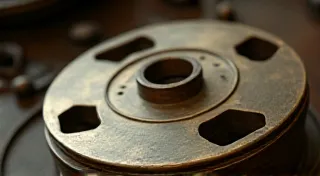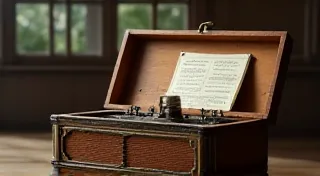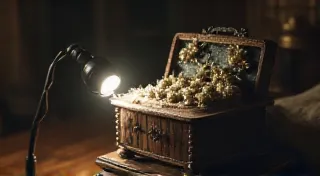The History of Swiss Musical Boxes: A Legacy of Craftsmanship
The delicate melodies emanating from vintage musical boxes hold a unique charm, transporting listeners to bygone eras. While musical automata existed for centuries, the Swiss contribution to their development and refinement is unparalleled. Switzerland became synonymous with musical box craftsmanship, and its legacy continues to resonate with collectors and enthusiasts today. This article explores the fascinating history of Swiss musical boxes, tracing their evolution, highlighting key manufacturers, and understanding their cultural significance.
Early Innovations and the Rise of the Swiss Industry
The seeds of the Swiss musical box industry were sown in the early 19th century. Early musical automata, like the clockwork figures and orchestrations common in Europe, were complex and expensive, generally limited to the wealthy aristocracy. The crucial breakthrough came with the development of the cylinder music box. This simple yet ingenious mechanism, comprising a pinned cylinder that plucks teeth on a metal comb, allowed for a more affordable and accessible form of musical entertainment.
While France pioneered the initial cylinder music box designs, Switzerland quickly surpassed its neighbor in both innovation and quality. Several factors contributed to this rapid ascent. Switzerland boasted a strong tradition of precision clockmaking, a skillset perfectly suited for the intricate workings of musical boxes. The country's abundant forests provided high-quality hardwoods for cases, and a pragmatic, entrepreneurial spirit encouraged innovation and efficiency. Furthermore, Switzerland's neutral political stance during much of the 19th century created a stable environment conducive to industrial growth.
The early Swiss musical box industry blossomed around Sainte-Croix, in the Jura Mountains. This region possessed all the necessary ingredients: a skilled workforce, timber resources, and entrepreneurial drive. The first factories began to appear in the 1820s, and within a few decades, Sainte-Croix had become the “Musical Box Capital of the World.” The increasing popularity of these intricate devices also spurred curiosity; enthusiasts often sought to identify music box tunes, leading to a demand for guides and resources to understand the melodies within.
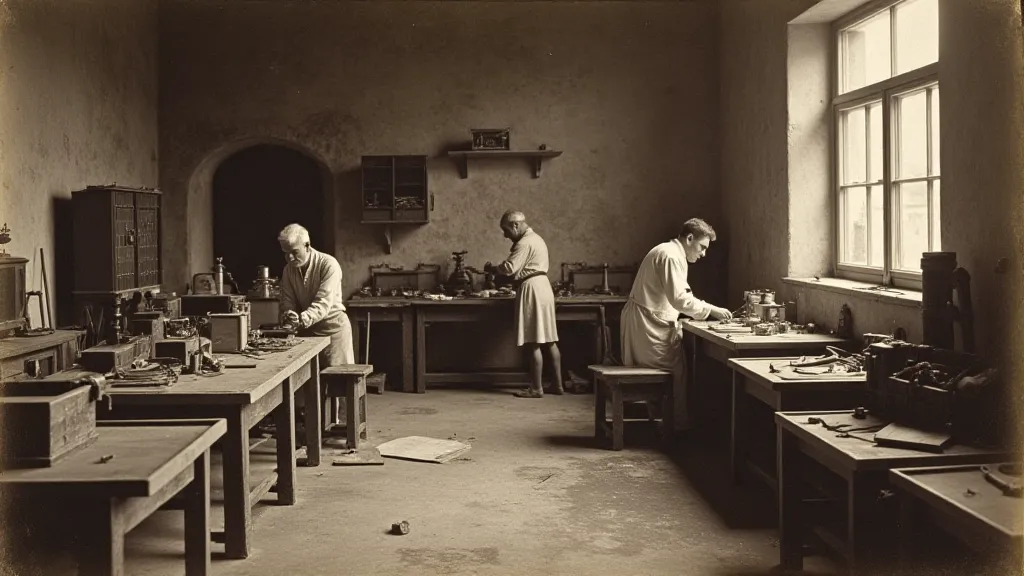
Key Manufacturers: Pioneers of Musical Box Perfection
Several families and companies played a pivotal role in shaping the history of Swiss musical boxes. Their names are virtually synonymous with quality, innovation, and enduring appeal.
Reuge: Masters of Cylinder and Disc Music
The Reuge family name is arguably the most recognized in the world of musical boxes. Founded in 1858 by Fridolin Reuge, the company initially specialized in cylinder music boxes but rapidly expanded its repertoire. Reuge pioneered the development of the disc music box in the late 1800s, a significant advancement over the cylinder mechanism. Disc music boxes offered a richer, fuller sound and allowed for longer, more complex musical pieces. The distinctive "Reuge sound" – characterized by clarity, resonance, and longevity – is highly prized by collectors.
Reuge’s innovations didn’t stop at mechanics. They were also masters of artistry, producing exquisitely decorated cases in a wide range of materials, including wood, enamel, and precious metals. Their boxes frequently depicted scenes from folklore, mythology, and everyday life, demonstrating a remarkable blend of mechanical ingenuity and artistic talent. The intricate nature of these devices often leads collectors to explore the fascinating world of the art of automata, where music boxes combine with mechanical figures to create truly captivating displays.
Junod: Precision and Elegance
The Junod company, founded in 1870, quickly established a reputation for exceptional craftsmanship and refined aesthetics. Like Reuge, Junod produced both cylinder and disc music boxes, but they distinguished themselves through their elegant designs and meticulous attention to detail. Junod’s cases were often characterized by their clean lines, understated elegance, and high-quality materials.
Junod's innovations extended to the development of more intricate musical movements, including those featuring bird-activated movements, where a mechanical bird would chirp or sing along with the music. These elaborate boxes were highly sought after by discerning collectors.
Thibaudeau: Early Innovators and Cylinder Specialists
Established in 1838, Thibaudeau was among the very first Swiss musical box factories. While they didn’t achieve the same level of international recognition as Reuge and Junod, Thibaudeau made significant contributions to the industry, particularly in the early development of cylinder music box technology. Their boxes are often characterized by their simpler designs and robust construction.
The Evolution of Musical Box Designs and Technology
Throughout the 19th and early 20th centuries, Swiss musical box design and technology underwent constant evolution.
- Cylinder Music Boxes: The standard for much of the mid-1800s, cylinder boxes offered a good balance of affordability and musical complexity.
- Disc Music Boxes: Representing a technological leap, disc boxes enabled longer musical programs and a richer sound.
- Bird-Activated Boxes: A decorative and mechanical marvel, these boxes integrated a mechanical bird, adding a visual and auditory spectacle.
- Automated Scenes: As technology advanced, more complex mechanisms allowed for automated scenes to unfold while the music played – dancing figures, turning windmills, or miniature landscapes.
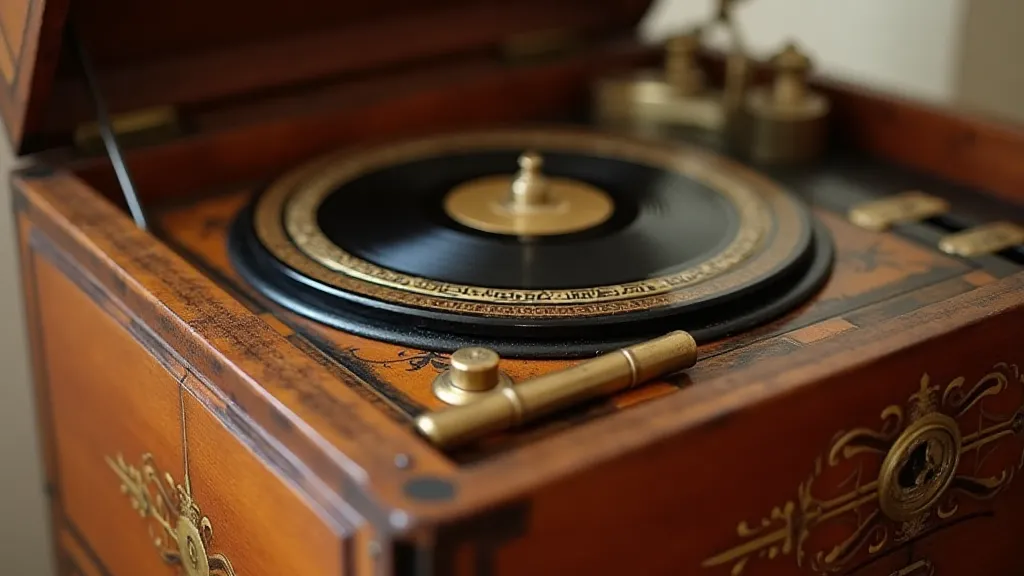
Decline and Revival
The popularity of musical boxes began to wane in the early 20th century with the rise of recorded music. The advent of the gramophone and, later, the radio, offered a more convenient and accessible way to enjoy music. Many Swiss musical box factories closed or shifted their production to other goods. The perceived value of these antique items also began to fluctuate, prompting collectors to research the value of vintage music boxes and the factors influencing their price.
However, in recent decades, there has been a remarkable revival of interest in vintage musical boxes. Collectors are drawn to their intricate mechanics, beautiful artistry, and nostalgic appeal. Several Swiss firms, including Reuge, have adapted to this renewed demand, producing high-quality reproduction boxes and restoring antique pieces. The legacy of Swiss musical box craftsmanship continues to thrive, captivating audiences with its enchanting melodies and timeless beauty. The complexity of these antique machines means maintaining them requires specialized knowledge; some enthusiasts require guidance on dealing with rust and corrosion on music box components.
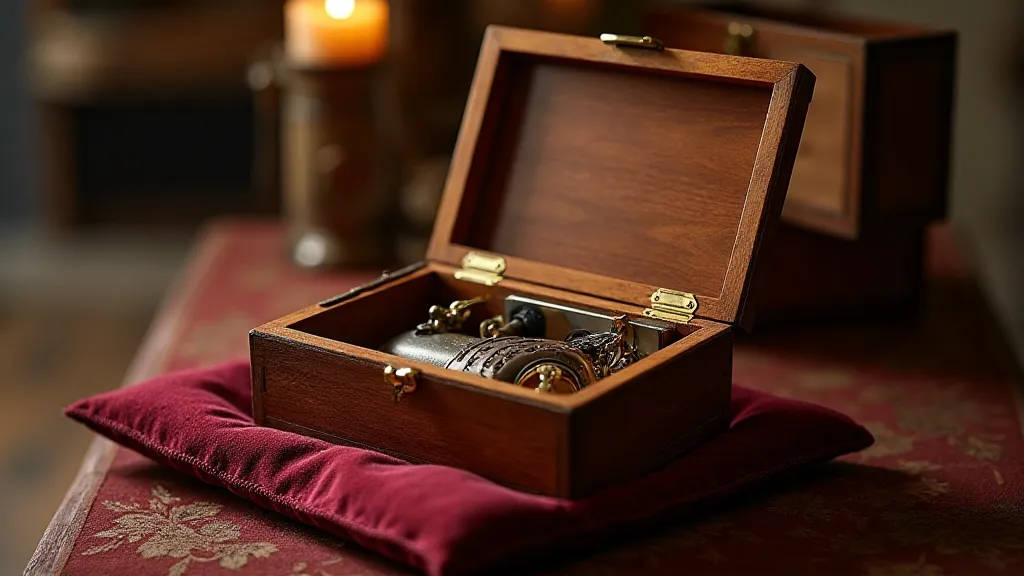
The Enduring Appeal and Future of Swiss Musical Boxes
The resurgence in popularity isn's simply a nostalgic reaction. Today’s appreciation for Swiss musical boxes stems from a deeper understanding of the incredible skill, artistry, and engineering that went into their creation. The enduring appeal lies in their ability to transport us to a gentler time, evoking feelings of warmth, nostalgia, and wonder. The sounds they produce are a tangible connection to a rich cultural heritage.
Moreover, the modern revival has seen a fascinating blend of tradition and innovation. While many workshops continue to uphold the time-honored techniques of the past, there’s also a spirit of experimentation and creativity. New designs are being conceived, incorporating contemporary aesthetics and technological advancements while respecting the core values of Swiss craftsmanship. We see a growing focus on sustainable materials and ethical production practices, ensuring that the legacy of Swiss musical boxes continues for generations to come.
Collecting these treasures isn’t merely about acquiring beautiful objects; it’s about preserving a piece of history and supporting the artisans who continue to carry on the tradition. As interest grows, so too does the demand for expertise in restoration, repair, and authentication. The future of Swiss musical boxes appears bright, as collectors, enthusiasts, and artisans collaborate to ensure that these enchanting melodies continue to resonate for centuries to come.
Conclusion
The history of Swiss musical boxes is a testament to the power of innovation, craftsmanship, and a passion for music. From the pioneering factories of Sainte-Croix to the renowned names of Reuge and Junod, the Swiss contribution to the world of musical automata is undeniable. These intricate and beautiful objects continue to charm and delight, preserving a rich and enduring legacy of musical artistry.

